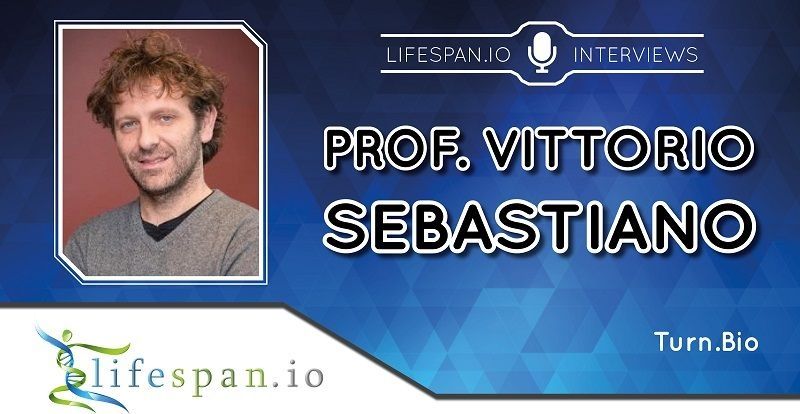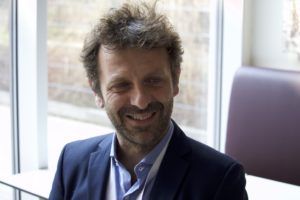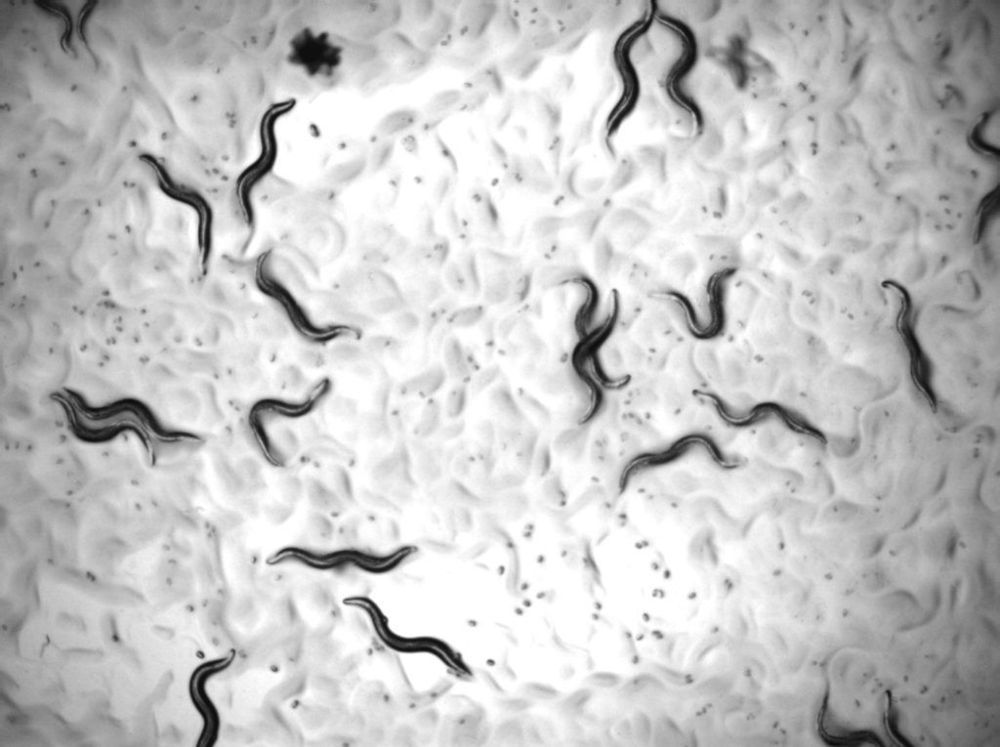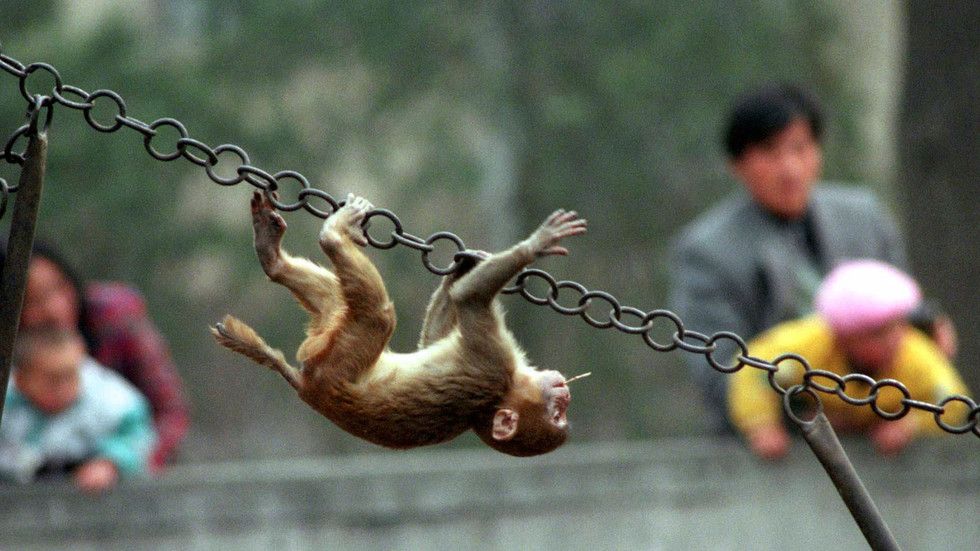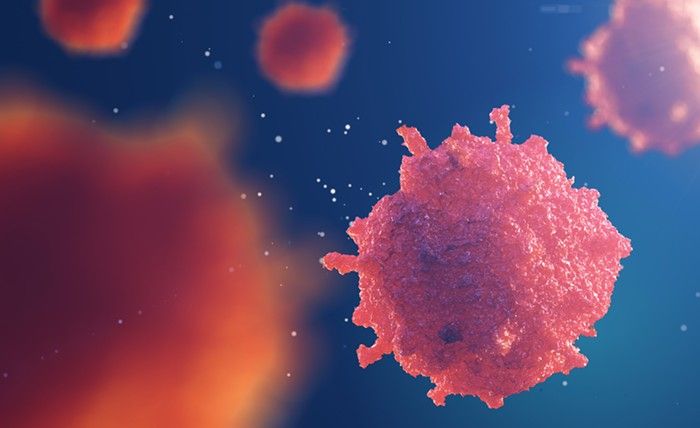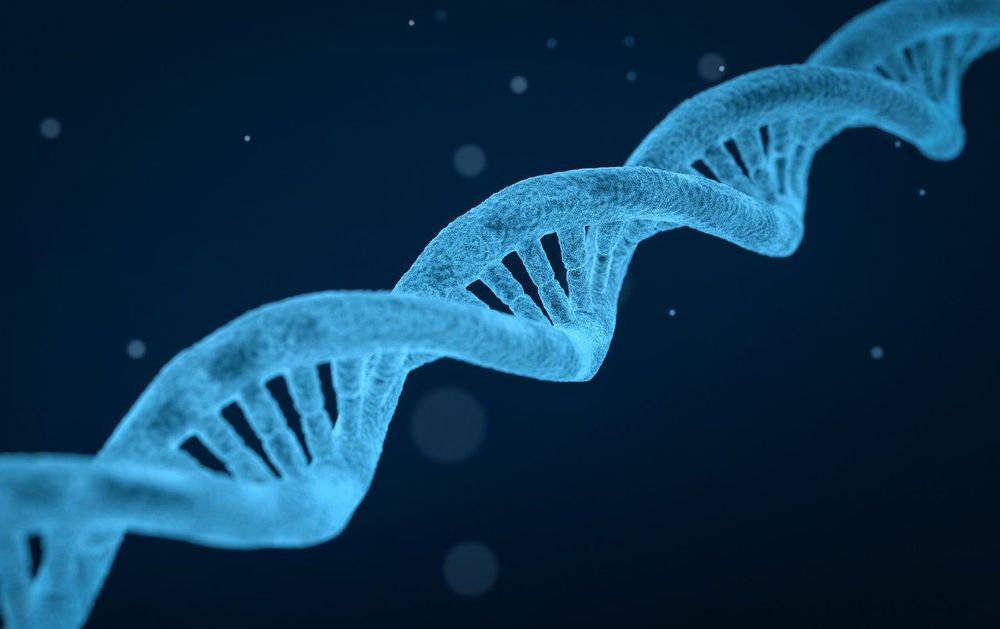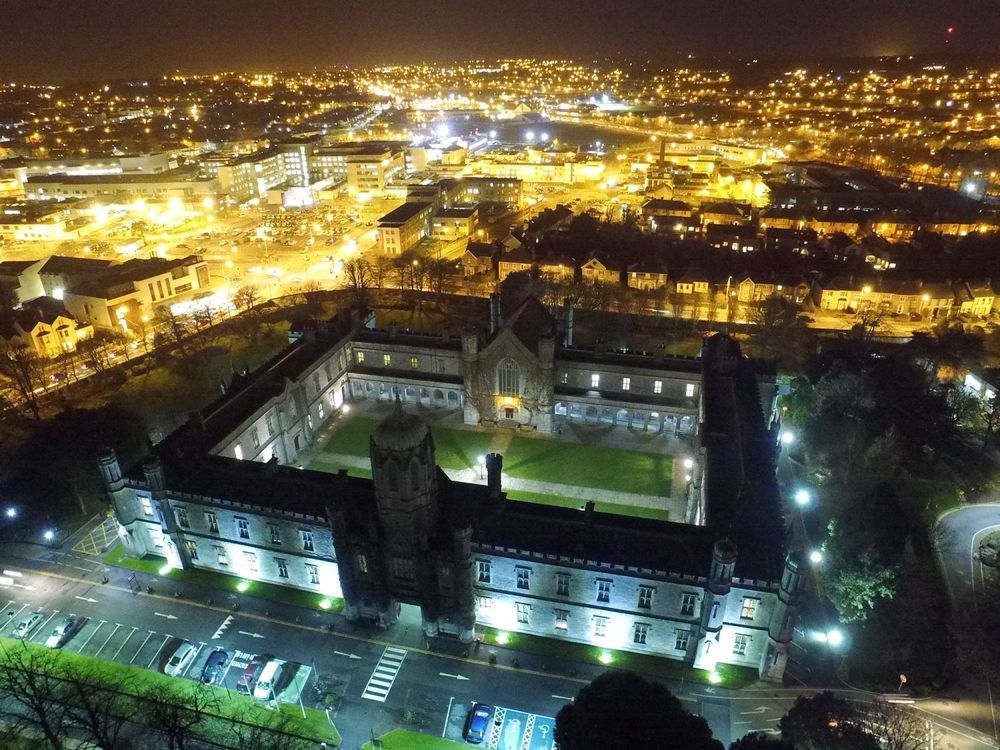We recently attended the Undoing Aging Conference in Berlin and had the opportunity to interview Professor Vittorio Sebastiano of Turn. Bio, a company developing partial cellular reprogramming techniques to reverse cellular aging.
As we age, our cells experience changes to their epigenetic markers, and this, in turn, changes gene expression, which is proposed to be a primary reason we age. Recently, there has been considerable interest in resetting these epigenetic markers to reverse cellular aging; induced pluripotent stem cell (iPSC) creation uses similar techniques.
However, unlike iPSCs, which are totally reprogrammed back to a developmental state and can become any other cell type in the body, the goal of partial cellular reprogramming is to reset the epigenetic aging markers in the cells without erasing cell identity. Researchers believe that exposing aged cells to reprogramming factors only for a very short time may be enough to reset cellular aging without causing the cells to forget their current roles.
